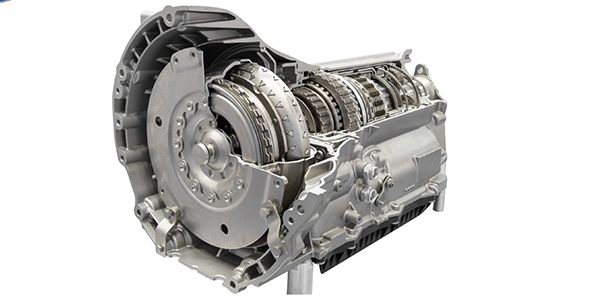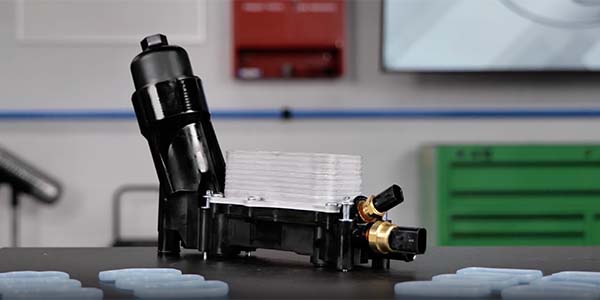At first glance, an ignition coil seems pretty simple. It has no moving parts that can fail or wear out – what is moving inside an ignition coil are electrons and magnetic fields between coils of wire and metal plates cast into epoxy resin.
Yet, what kills ignition coils is movement – and it’s location. Ignition coils tend to be mounted in one of the hottest, most vibration prone and dirtiest parts of the engine and, as such, are subject to extreme conditions.
Modern ignition coils are typically located between two camshafts on the valve cover and exposed to dirt and oil. But, even if a coil is mounted in a cool, clean and vibration-free environment, if the gap on the spark plug is not correct or there are issues with high resistance in the cylinder, it won’t take long for a coil to fail.
Ignition coils supply the spark plug electrode with the required ignition voltage, and transform the battery voltage from 12 volts to an incredible 15,000 to 30,000 volts! And the coil keeps the spark strong until the air fuel mixture ignites.
Here’s how it works – the primary and secondary windings of the coil transform the energy from low-voltage/high-current energy from the system voltage to high-voltage/low current energy. Eventual this energy is discharged through the spark plug electrodes.
Of course, electricity is dependable – it will always want to go to ground through the path of least resistance. For ignition systems, this means energy coming out of the secondary will want to create a spark outside the combustion chamber if a low resistance path is present.
Therefore, quality components are required. Your customers expect their car to run like it did when it was new. Original Equipment quality coils provide ample ignition voltage under any condition, meeting safety standards and legal requirements. Unfortunately, pirates are out there. Counterfeit parts threaten your reputation and your customers’ safety. From the outside, they may look identical but inside they’re not the same.
Cheap, low-quality ignition coils can result in uneven or rough idle with misfires; considerable drop in performance and an increase in fuel consumption. They can cause danger to the oxygen sensor and catalytic converter and can cause excessive exhaust emissions. Counterfeits can run hot and can even catch fire. Cheap copies can also deliver excessive voltage to the ECU, ultimately destroying it.
Your best bet for a job done right the first time is to rely on an innovator. Your customers may not realize your commitment to excellence – but that’s just the point.
This video is presented by The Group Training Academy.













